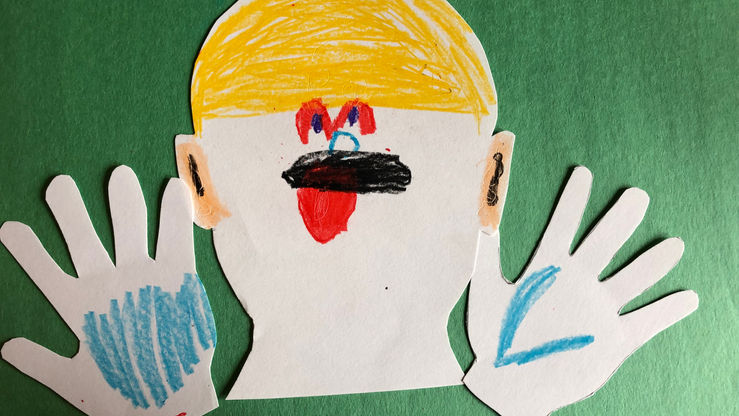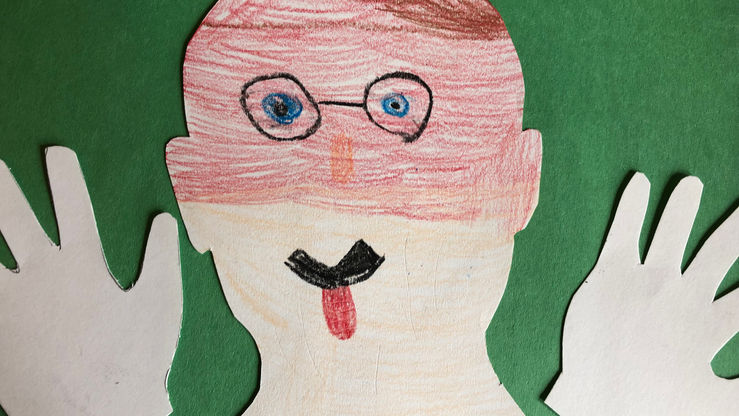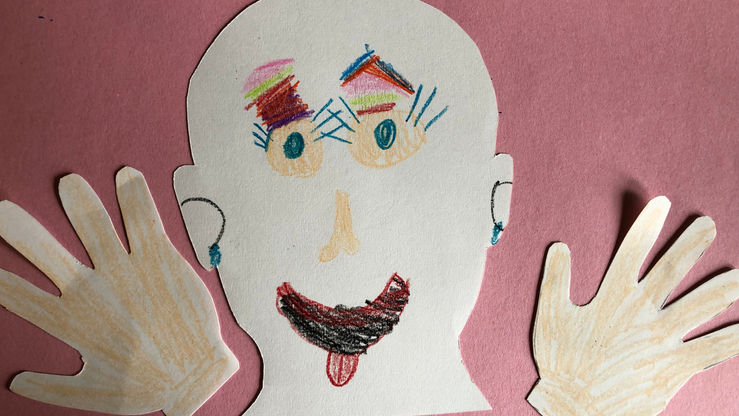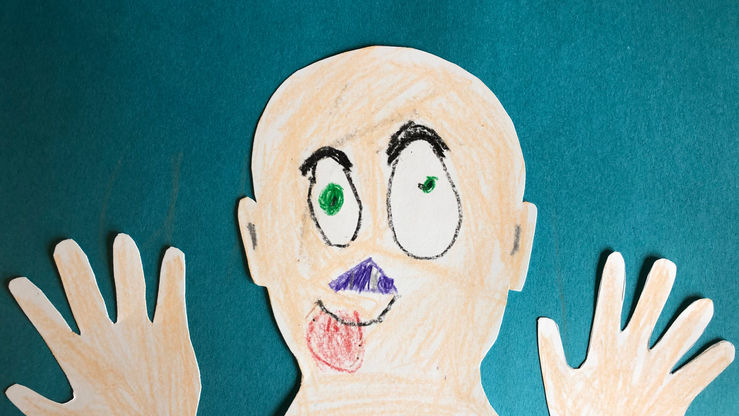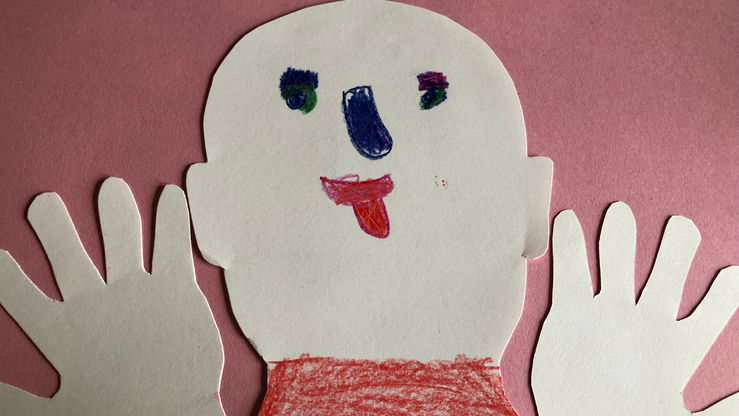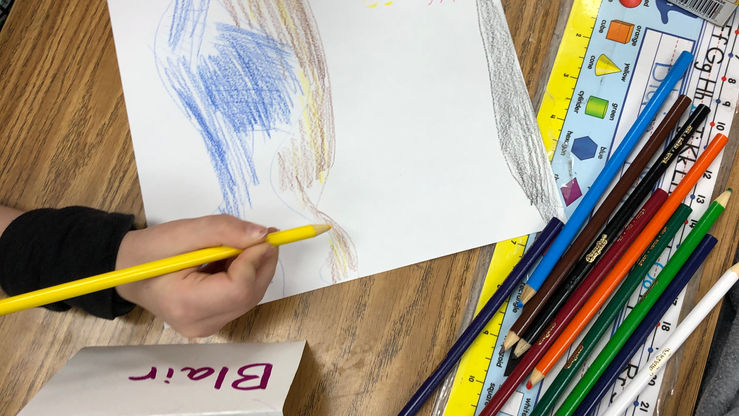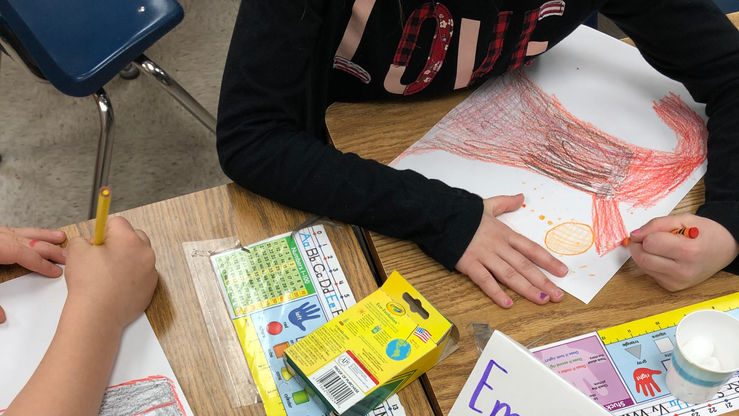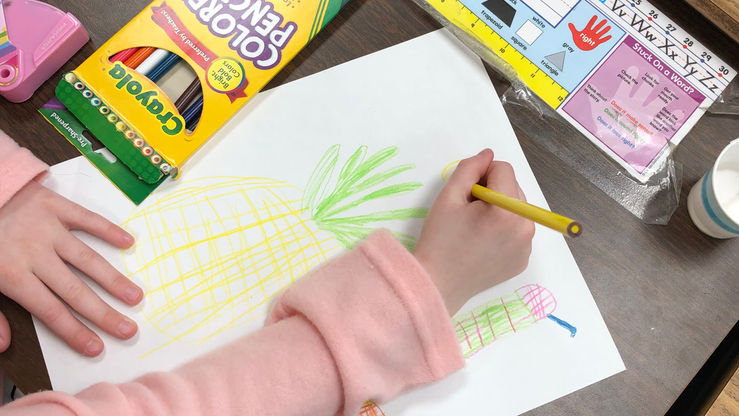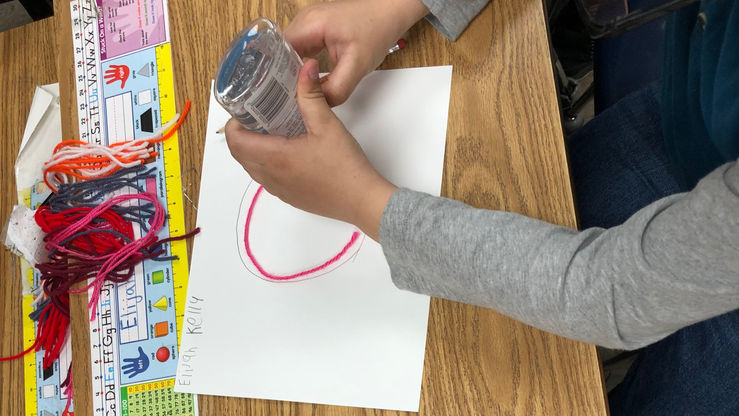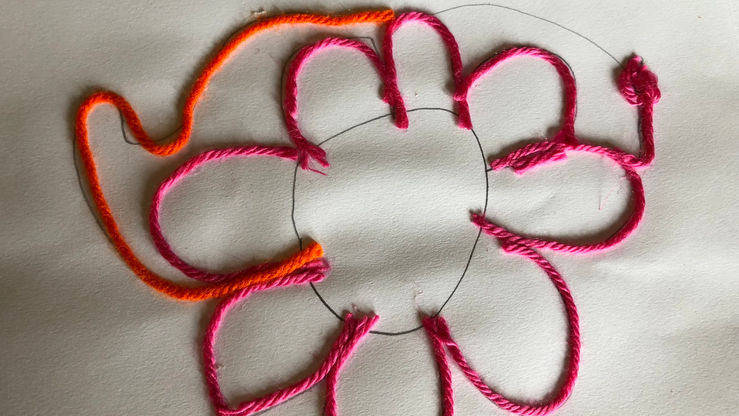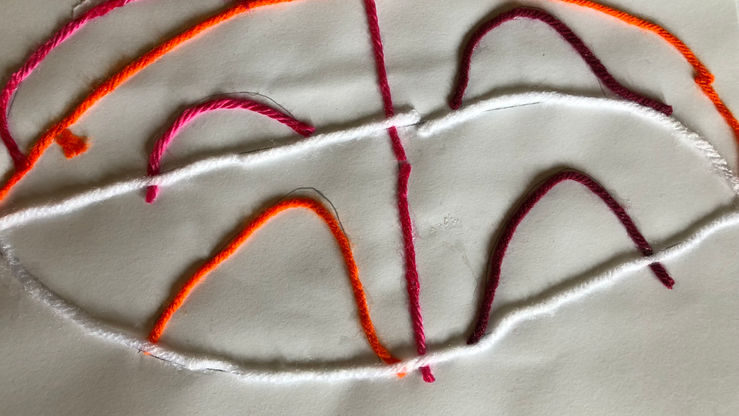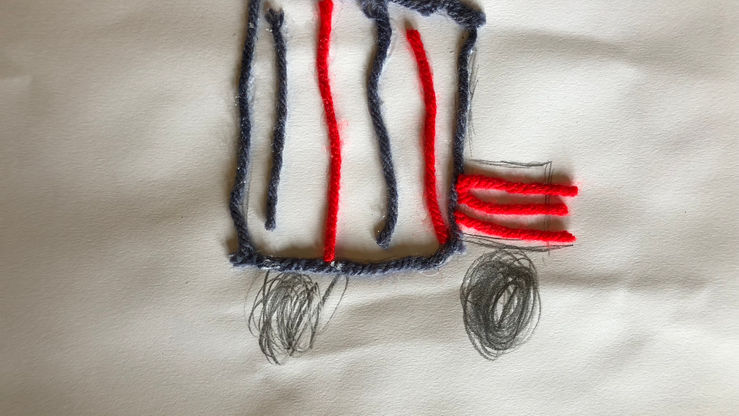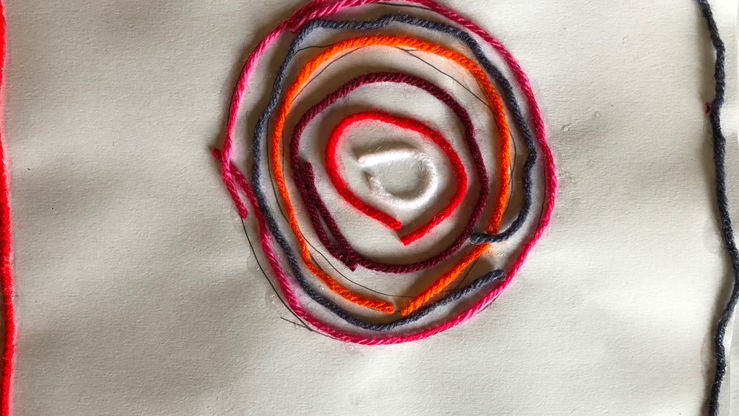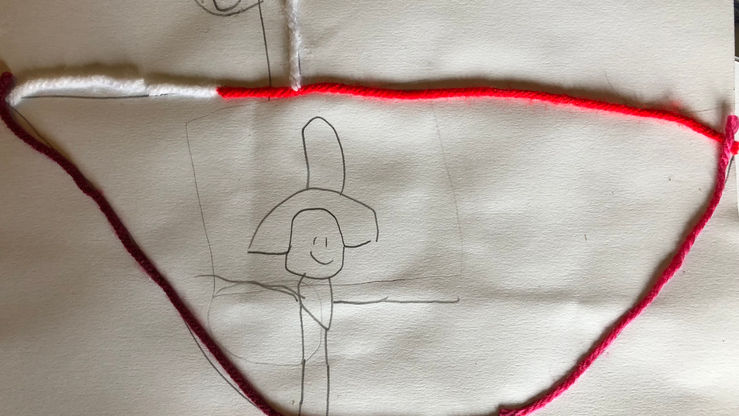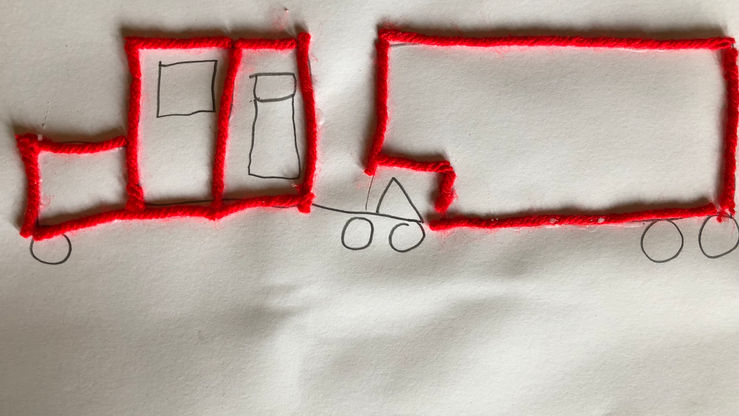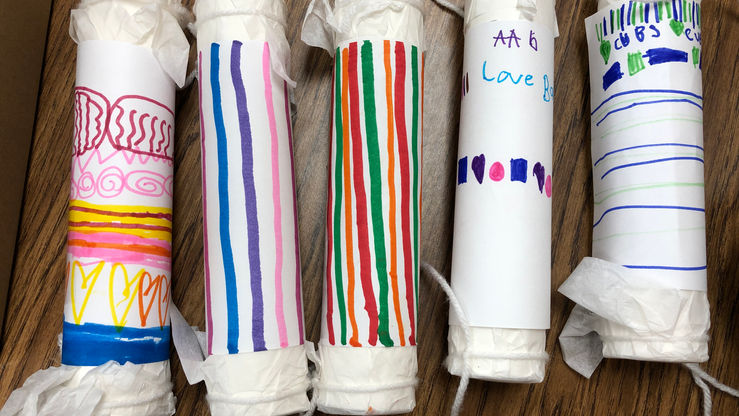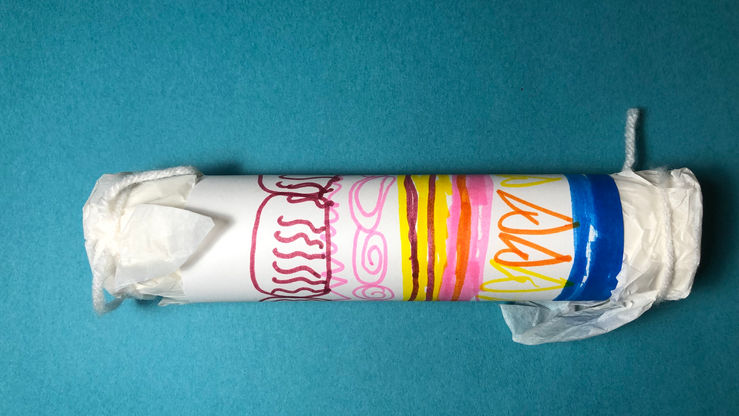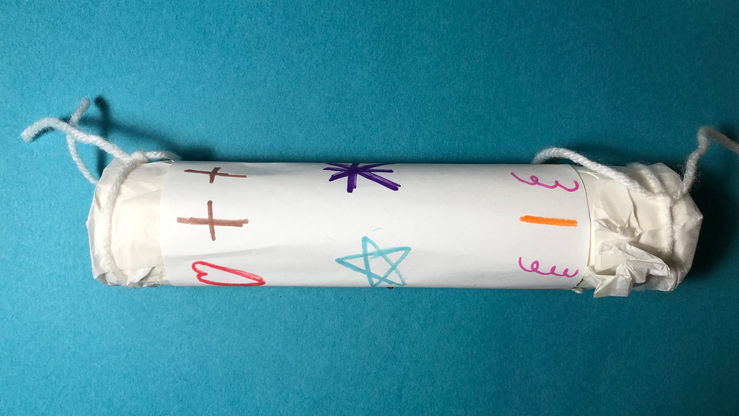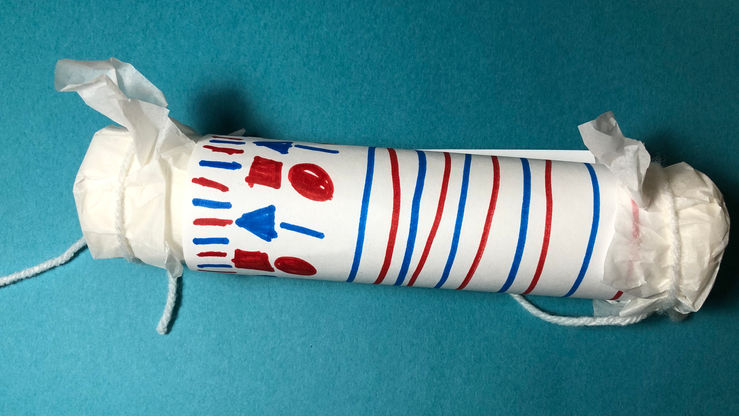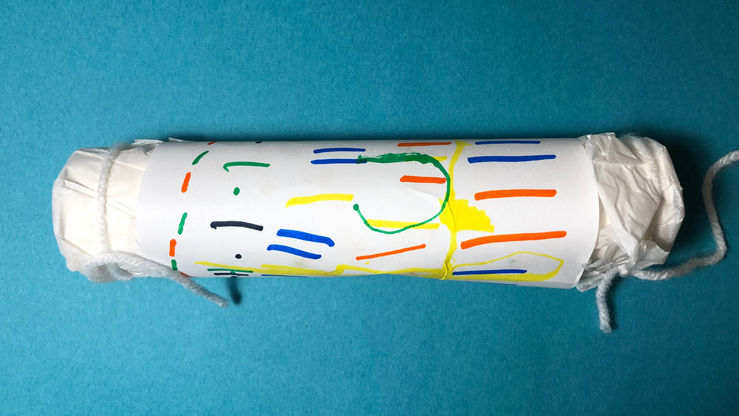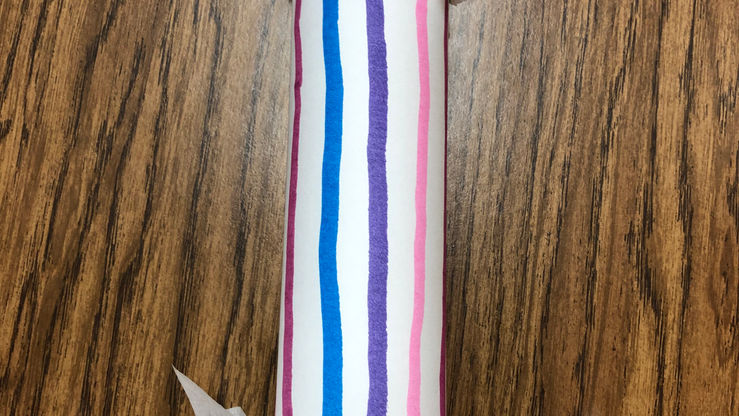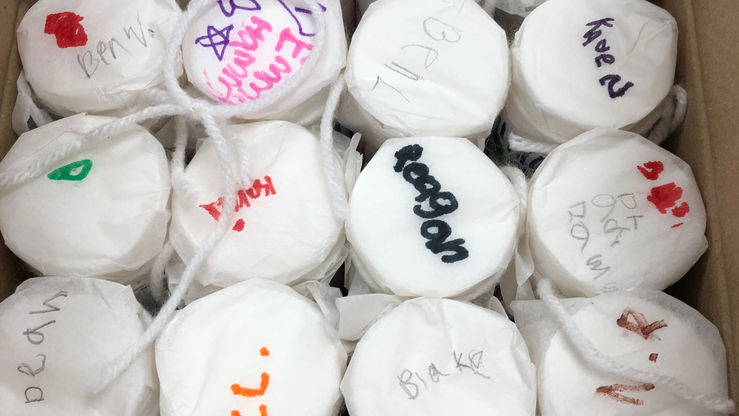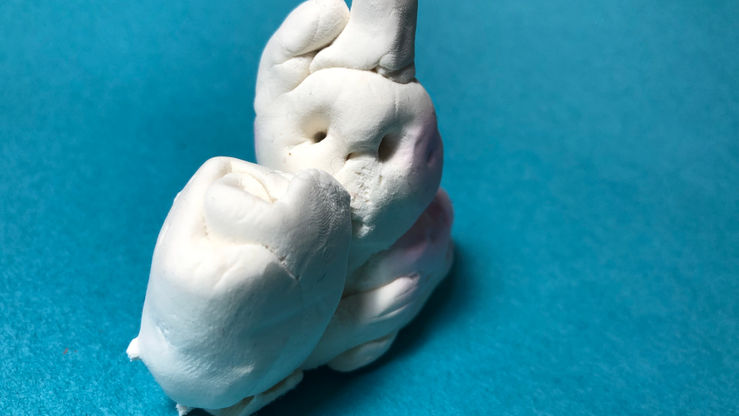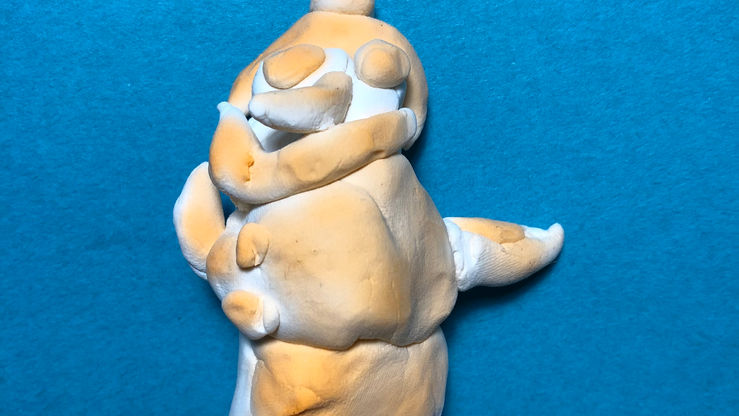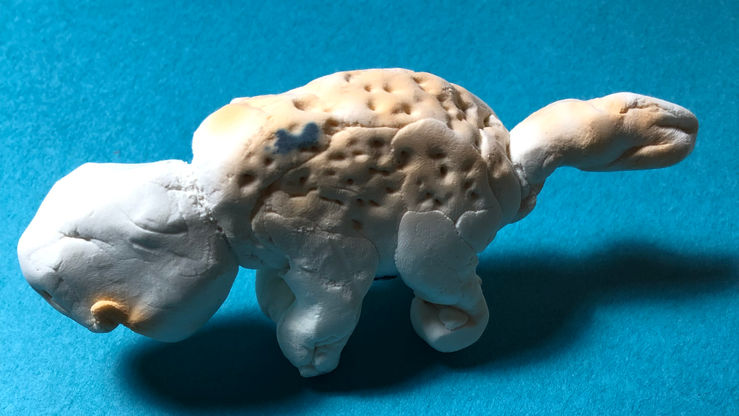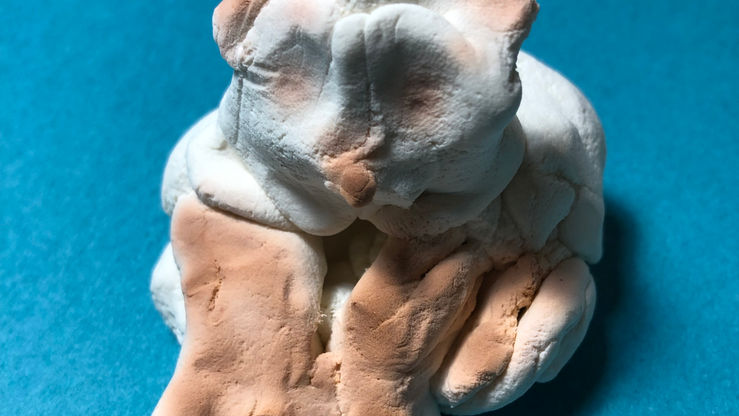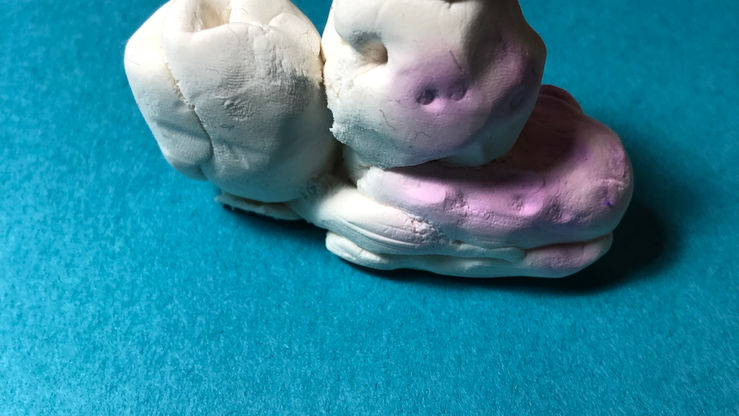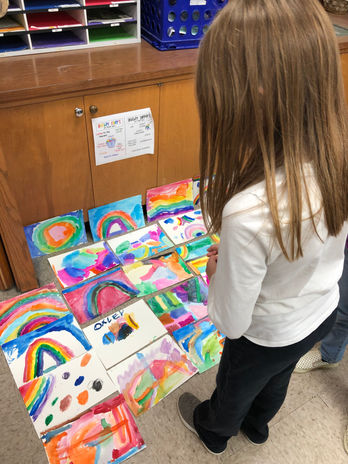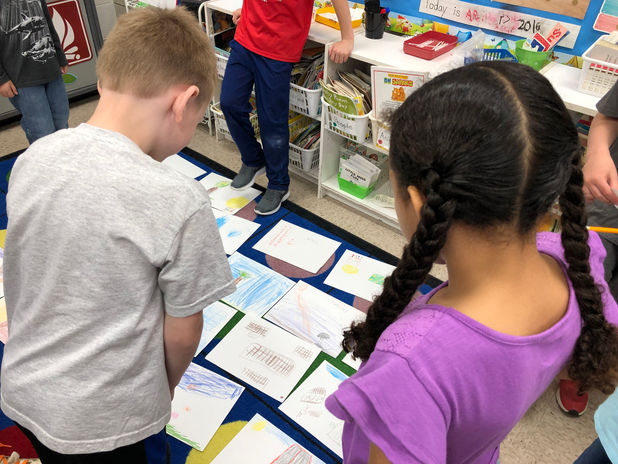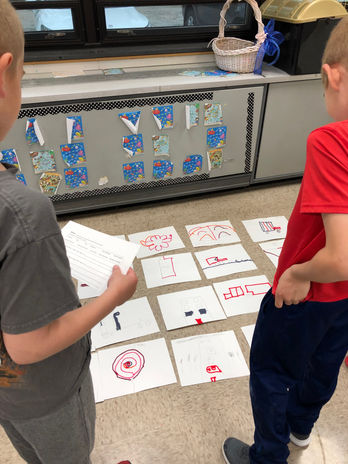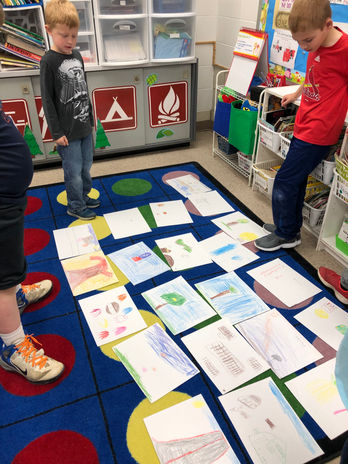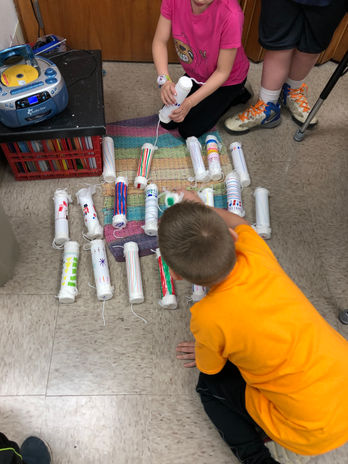First Grade
The 5 Senses Unit
Big Idea that drives Lessons/Unit:
There are five senses that we use to explore and interact with the world around us: sight, smell, hearing, taste, and touch. The body parts that allow us to experience these senses are eyes (sight), nose (smell), tongue (taste), and skin (touch). You use your sense of sight when you read, color, watch movies, and even walk. You use your sense of hearing when you listen to music, talk with a friend, or hear the wind blowing. You use your sense of taste when you eat food, take a drink, or even take medicine. You use your sense of smell when you cook yummy food or walk past something stinky. Lastly, you use your sense of touch when you’re holding something or petting an animal. Every part of your body that experiences one of these senses, tells the information to your brain and that is how you decide whether something is colorful or not, stinky or not, loud or not, yummy or not, or soft or not.
Key concepts about Big Idea:
-
The parts of our body that take in the senses send messages to our brain.
-
Art can involve all of the 5 senses, not just sight.
-
Unusual supplies are commonly used to make art that engage the senses.
Introduction to the 5 Senses
For the introductory lesson we focused more broadly on what the 5 senses are and what they do to give the students an idea for what the next 5 lessons would entail. Questions that drove the lesson were: "What are the 5 senses and how do we use each of them?" "How can we make art for all of the senses?" and "How do we use our senses in every day life?" Students learned the location of the senses in connection with their body part that uses the sense. They also learned the drawing techniques of hatching, blending, and sgraffito and applied them while coloring figures and labeled them with the 5 senses.
Light and Sight:
Watercolor Painting
Students investigated the sense of sight through the creation of rainbows and actual use of their sense of sight. Questions that drove the lesson were: "What is sight and how do we see?" "How can we make art that is exciting to look at?" and "How do we use our sight in every day life?" Students learned that our eyes take in light and that is how we see. We also discussed how sight plays a big role in art. Students applied the skills of observation and investigation when making their watercolor rainbow paintings. They also learned the watercolor techniques "wet on wet," "wet on dry," and "wash." Once the students learned the techniques, they were able to apply them and point them out in their own paintings and other students' paintings as well.
Sniffing Scents:
Colored Pencil Drawings
Students investigated the sense of smell by sniffing scents and creating colored pencil drawings based off of what they smelled. We discussed how smells can make people thing of a person, place, or thing. Questions that drove the lesson were: "What is the sense of smell and how do we smell?" "How can art be made of something we cannot see" and "How do we use our sense of smell in everyday life?" Students learned what a smell verses an odor is, and how to visualize and imagine without seeing. We also discussed if art can be something that we cannot see, like a scent or smell. Students collaborated with each other by discussing what their scents made them think of, and described their work to each other. They also learned the drawing techniques of contour, cross-hatching, and stippling. Once the students learned the techniques, they were able to apply them and point them out in their own drawings.
Fuzzy Feeling:
Yarn Painting
Students investigated the sense of touch through making yarn paintings and interacting with their sense of touch. We began by discussing and defining textures and the students thought of things that are normally rough or hard and made them soft with the yarn. Questions that drove the lesson were: "What are textures and how are they important?" "How often do we use our sense of touch?" and "How can we make touchable art?" Students learned that our finger tips have the best sense of touch out of all of our body, so that is why we use our hands to feel things. We also discussed how touch might not always be allowed in art, but artists can make artworks that they want viewers to touch. Students explored the use of different materials to create texture in art and that people from different places and times used textures for different reasons and effects. They also learned the use of line and shape and implemented them into their yarn paintings.
Making Music:
Rain Sticks
Students investigated the sense of hearing through the creation use or rain sticks. Questions that drove the lesson were: "What is hearing and how do we hear?" "How does our sense of hearing affect our lives?" and "How can we make art that is heard?" Students learned about visual patterns and sound patterns and how they are similar. We also discussed how sound travels in waves, like the ripples they see when dropping a rock into water. Students explored the use of sound as an art material and discovered that many different people of different backgrounds use sound for artistic expression.
Taste Buddies:
Flavor Characters
Students investigated the sense of taste through the creation of through the creation of characters based off of the flavor of a fruit. Questions that drove the lesson were: "How can art use our sense of taste?" "How do we use our sense of taste in daily art?" and "What do we use to taste?" Students learned that our our tongue has tiny dots called taste buds that have even tinier hairs on them that tell our brain what the flavors we taste are. Students demonstrated safe and proper procedure when using real fruit to taste test and model magic clay to build with. Students also identified subject matter and described characteristics of flavors and their characters. The students also learned the sculpture techniques "assemblage," and "molding." Once the students learned the techniques, they were able to apply them and point them out in their own sculptures.
The 5 Senses Conclusion
To wrap up what the students have learned the last few weeks, we talked about all 5 senses in relation to artworks. For example, for sight we reviewed how we use our eyes to see and how light helps us see, then we talked about the things we can see in Vincent Van Gogh's The Starry Night. We continued to discuss how our senses work in relation to 4 more artworks that focus primarily on the individual senses themselves. After discussion, the students' artworks were placed around the room and they were given a worksheet that asked them to think about what they made, what they liked, and things they wish they could do differently a second time.



